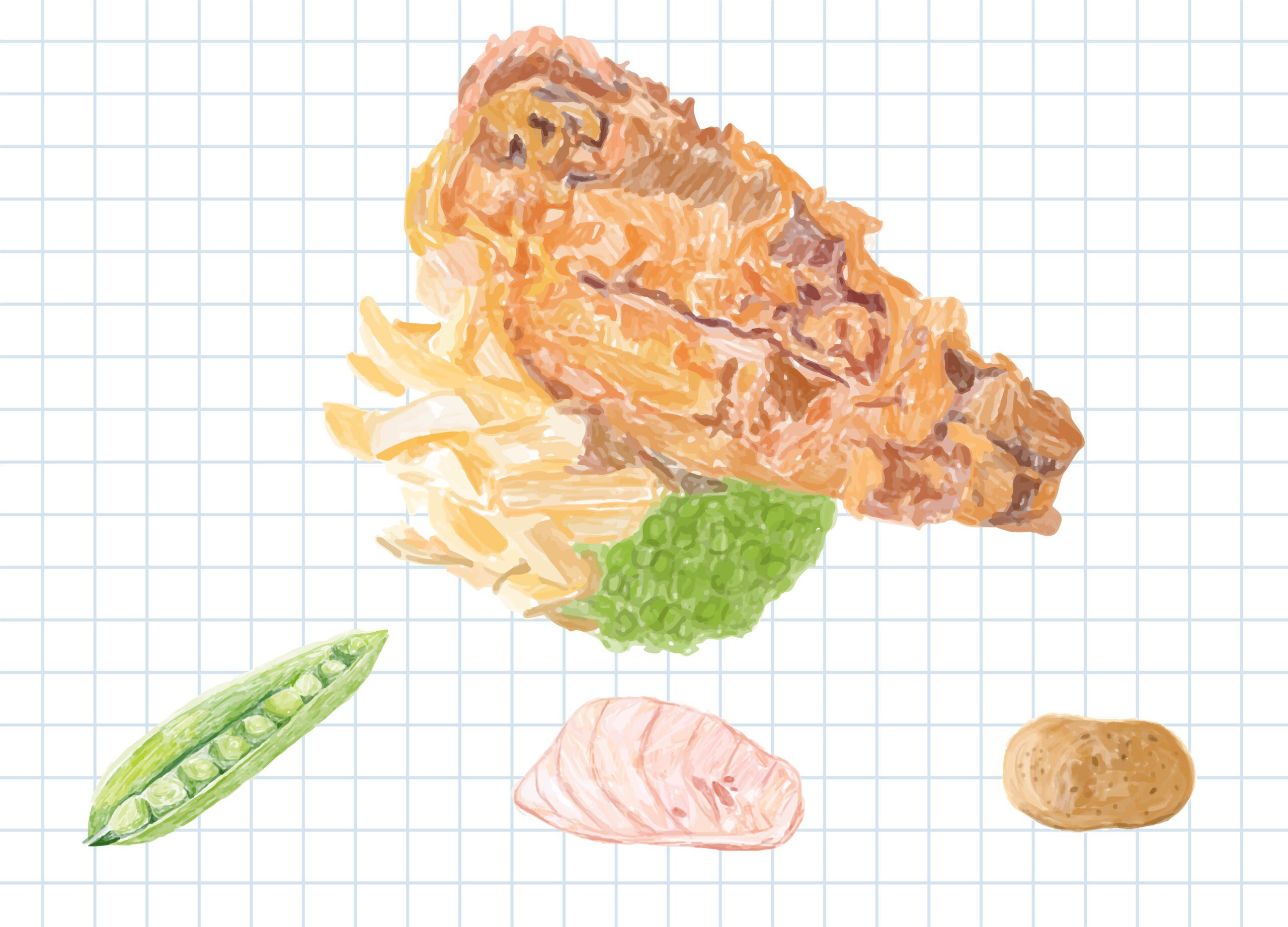A sensory adventure unfolds when a person stumbles upon a morsel of food. The physical and chemical makeup of the food mingles and intermingles with our senses, crafting a chain of sensory experiences that can be both delightful and informative, and sometimes, just disgusting. Our eyes take in the food’s appearance, while our nose revels in its aroma. Our taste buds dance with the flavors on our tongue, and our teeth crunch down on its texture. All these sensations combine to create a symphony of sensory perception that provides us with a wealth of information about food and our environment. So the next time you take a bite of your favorite dish, take a moment to savor the sensory journey it takes you on!
The field of psychology known as ‘psychophysics’ revolves around the theoretical and practical explorations of how physical and chemical energy in food transforms into the fundamental sensations we experience as humans. But can psychophysics be the only parameter that justifies all the sensory perceptions of the food we eat? Obviously not, otherwise we wouldn’t be here reading this.
As we’re already aware that everything stems from the brain, basic sensory qualities of food join forces with other important biological, behavioral, and cognitive information. This additional information can come from things like our bodily needs (like feeling hungry or thirsty), what we’ve learned and remember, our socio-cultural influences, and many other cognitive factors. But let’s not get carried away. Here, we’re only gonna talk about expectations or the bugs that make us like or dislike something without even tasting it or maybe just hearing the name of it (cricket protein shake anyone?).
When our senses process information about food, it combines with our thoughts and other factors to create our perception of the food. This perception happens in a complex context, and it is often accompanied by an emotional or pleasurable response. This response can range from liking something to disliking it or finding it pleasant or unpleasant.
This emotional response in product evaluation is often referred to as “acceptance” by researchers, but it’s important to note that it’s a subjective experience that can’t be directly measured. Instead, researchers rely on observing how people behave in response to the food.
Regardless of how the evaluation of food products is measured, the sensory and emotional experience of food interacts with the effects that happen in our bodies after we eat, influencing learning, memory, and even our physical state. These factors, in turn, affect how we will respond to that particular food in the future.
References Used:
- Cardello, A. V. (1995). Food quality: relativity, context and consumer expectations. Food quality and preference, 6(3), 163-170.
- Meyers-Levy, J., & Tybout, A. M. (1989). Schema congruity as a basis for product evaluation. Journal of consumer research, 16(1), 39-54.
- Piqueras-Fiszman, B., & Spence, C. (2015). Sensory expectations based on product-extrinsic food cues: An interdisciplinary review of the empirical evidence and theoretical accounts. Food Quality and Preference, 40, 165-179.







